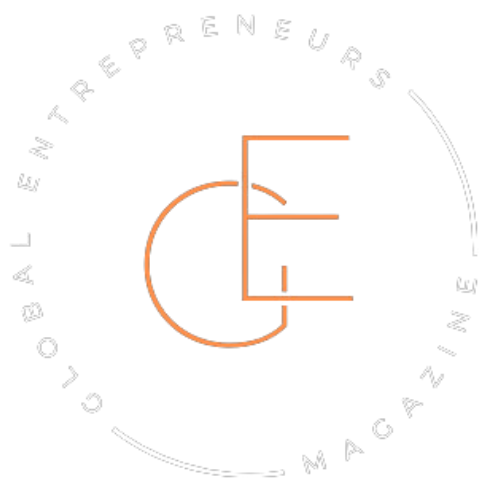Jason had just closed his laptop at 1:47 a.m.—again. He wasn’t coding. He wasn’t pitching. He was answering customer support emails while watching his Zapier automation fail for the third time that week.
His product was promising. Investors liked it. Customers were trickling in. But he was exhausted, and it felt like the real work—product strategy, growth, vision—was buried under a mountain of duct-taped tasks and hacked-together tools.
This wasn’t just a bad week. It was the reality for most early-stage founders trying to do everything at once with almost nothing.
The dream of building something from scratch? It gets blurry when you’re handling your own onboarding emails, tweaking payment gateways, and scrambling to fix a no-code form because your only developer is asleep.
But something has changed in the startup world. A quiet shift. One that’s giving founders like Jason their time—and their sanity—back.
And it starts with the stack.
How smart startups started stacking instead of building
For a long time, startups prided themselves on building everything in-house. Your own CRM, your own analytics, even your own CMS—because that’s what real tech companies did, right?
But not every founder had the time, budget, or a dozen engineers on standby.
At some point, a new kind of founder started asking a different question: What if I don’t need to build all of it? What if I just connect the right tools together and get moving?
That’s how it started. A scrappy team would plug in Stripe for payments. Then grab Notion for docs. Toss in Calendly, Zapier, Intercom. Before they knew it, they had a working system—not perfect, but good enough to get real users through the door.
And suddenly, speed wasn’t a luxury. It was the edge.
The smartest startups weren’t reinventing the wheel. They were stacking tools like Lego bricks—each one doing a specific job, each one saving hours of development time. It wasn’t about shortcuts. It was about momentum.
The kind that helps you launch in a month instead of a year.
The anatomy of a modern SaaS stack
There’s no one-size-fits-all stack, and that’s the point. A SaaS stack reflects how a startup actually runs—not how it should run in theory.
Take a lean B2B team. They might use:
- HubSpot for managing leads and email outreach
- Notion for team documentation and content planning
- Zapier to automate client onboarding
- Slack for internal comms
- Stripe for payments
- Airtable for lightweight project tracking
Another founder might swap out three of those tools and still be running just as efficiently.
What makes a great stack isn’t the tools themselves—it’s how well they talk to each other, how clearly each one solves a job, and how quickly a founder can tweak the setup when things change.
It’s not about having the most advanced tech. It’s about having the right setup for where you are.
Why it’s a superpower, not just a shortcut

Startups run on speed. But speed alone doesn’t get you across the finish line—sustained speed does.
A well-built SaaS stack gives founders that edge. Not by doing the work for them, but by clearing the runway so they can actually take off.
Instead of hiring a full dev team to build an onboarding flow, they connect Typeform to ConvertKit in an afternoon. Instead of manually handling customer support, they set up HelpScout and plug it into their CRM. The work gets done, and they stay focused on the bigger picture.
It’s not about cutting corners. It’s about staying sharp—mentally, operationally, financially.
The real superpower is flexibility. A good stack lets you adapt without needing a full rebuild every time something shifts. You swap a tool, update a workflow, and keep moving.
That’s what separates the overwhelmed founders from the ones who actually sleep.
When stacking gets messy—and how to keep it clean
There’s a point when the stack starts to feel less like a system and more like a junk drawer.
Too many tools. Too many subscriptions. No one remembers which app does what. A small tweak breaks three automations, and nobody touches it out of fear something else will collapse.
Every startup hits this wall eventually.
One founder told me they had 27 tools across five departments—and no clear idea how they all connected. Their team was losing more time managing the tools than doing actual work.
That’s when stacking stops being smart.
The fix? Ruthless simplicity. Great founders don’t hoard apps. They curate them. They ask hard questions every quarter:
- Do we still use this?
- Is it solving a real problem?
- Could we combine two tools into one?
The stack should feel like a muscle, not a maze. Strong, functional, and ready to move when you need it to.
SaaS stacks and the new breed of founder
The definition of a “technical” founder used to be narrow—someone who could code, build an MVP from scratch, and architect a database in their sleep.
But that’s shifting.
Today’s standout founders aren’t always the ones writing code. They’re the ones who know how to assemble the right stack and keep it running without getting buried in complexity.
They understand workflows. They see patterns. They piece together tools like a strategist, not a technician.
One founder I spoke to had zero engineering background. She built her entire customer acquisition pipeline using Airtable, Webflow, Zapier, and MailerLite. It looked simple on the surface—but the flow was airtight. She hit $10k MRR in less than four months without writing a single line of code.
That’s the new playbook: think like a product person, build like a systems thinker, move like a scrappy operator.
Final thoughts: build less, connect better
Jason—the founder from earlier—isn’t pulling all-nighters anymore. His product didn’t suddenly become easier to build. He just stopped trying to build everything.
He mapped out his workflow. He trimmed the fat. He chose tools that worked with him instead of draining his time. Now, his stack runs quietly in the background while he focuses on what actually moves the needle.
That’s the shift.
Smart founders don’t earn their edge by working more hours. They win by assembling systems that work harder than they do.
So if things feel chaotic, don’t rush to hire or rebuild. Start with your stack. The right setup won’t fix everything—but it might give you just enough breathing room to build what really matters.




